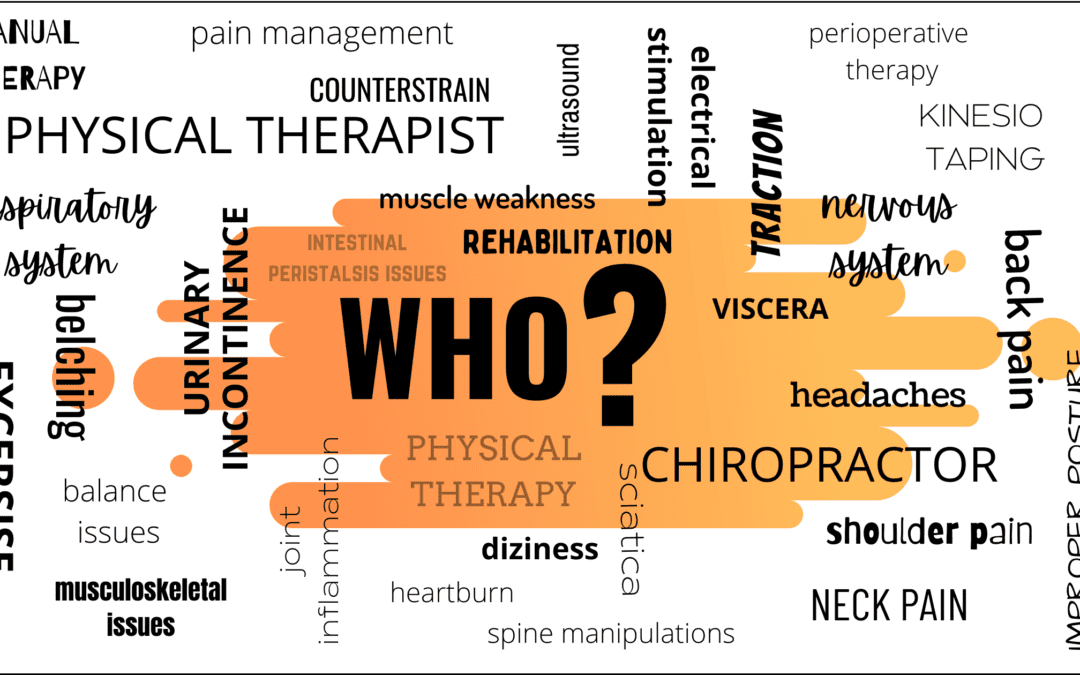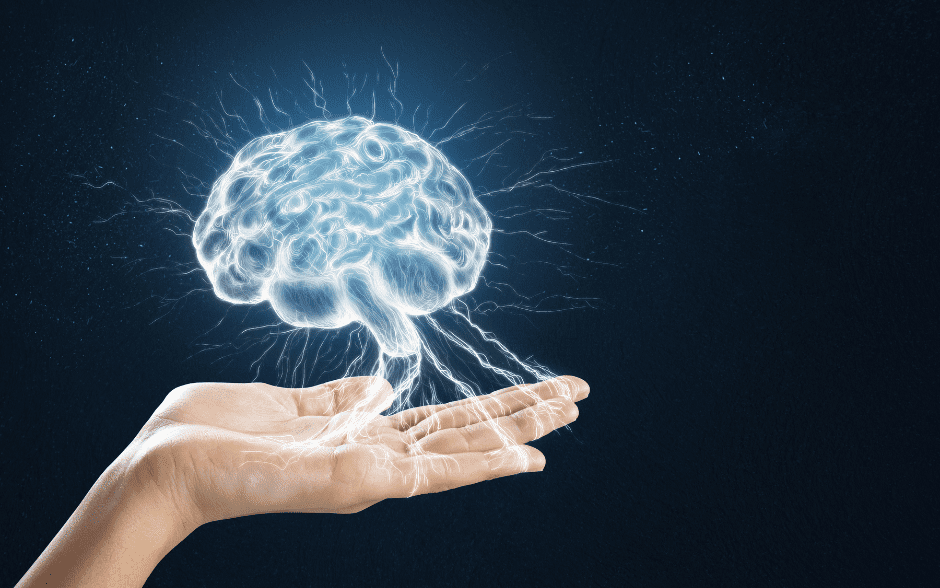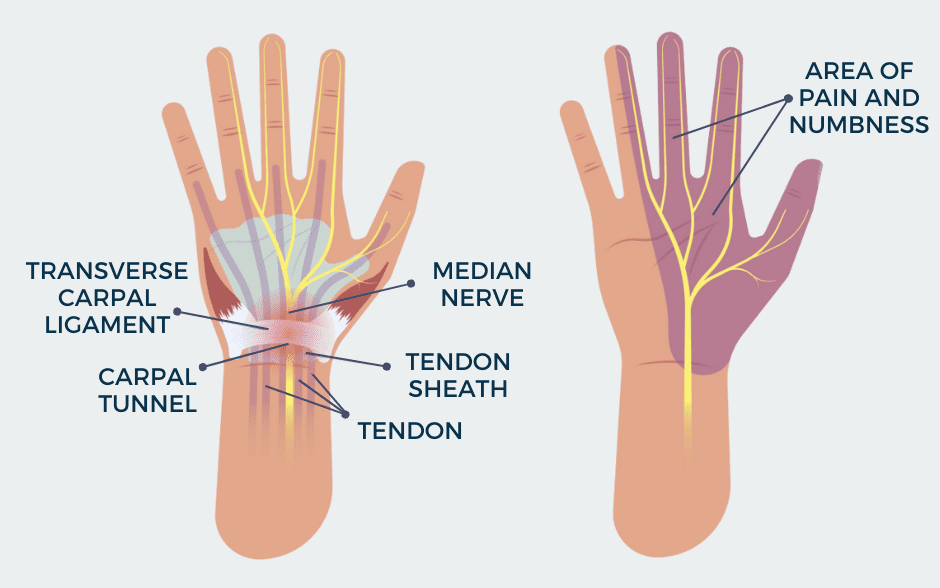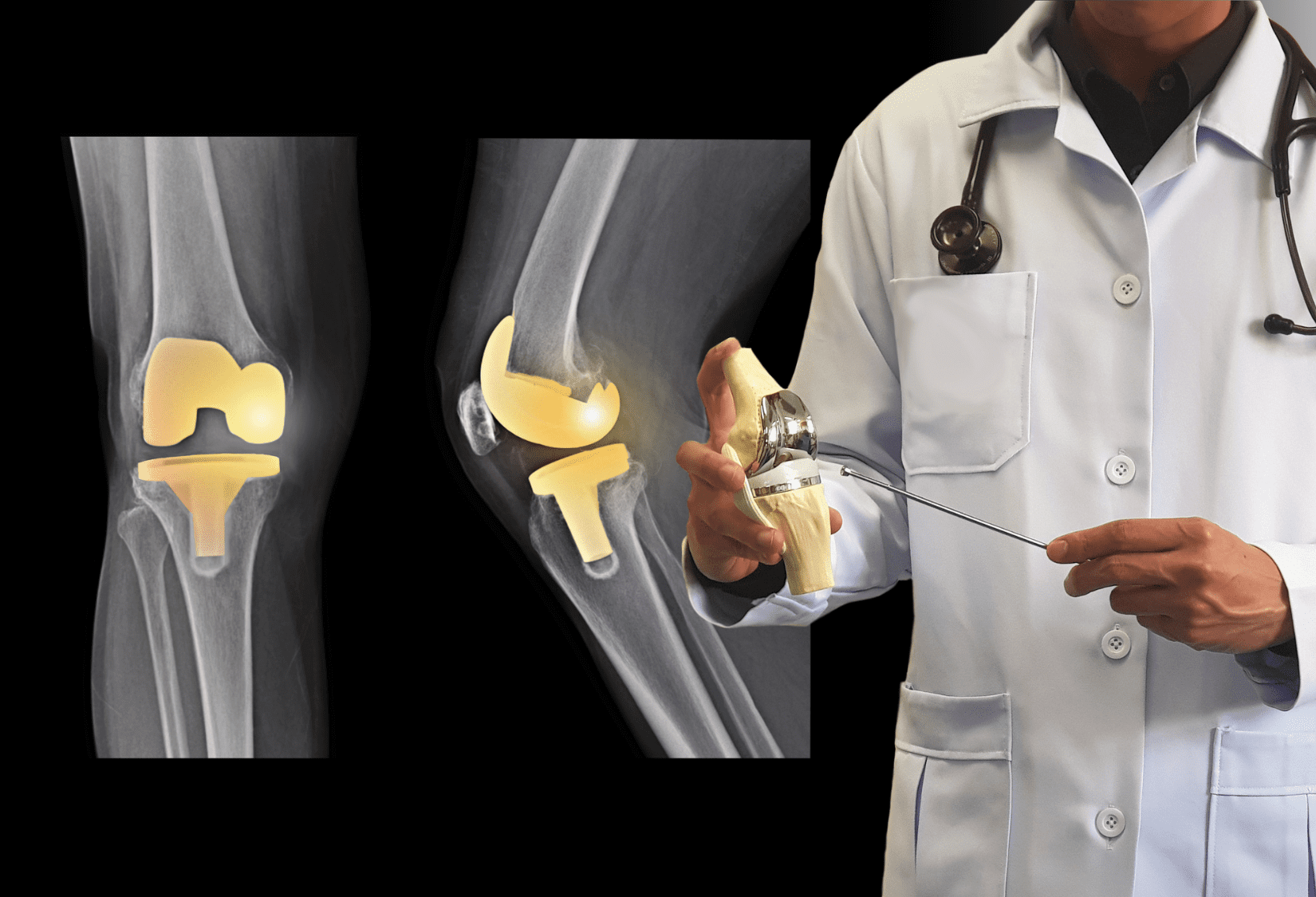Many patients suffering from back pain or joint inflammation are not entirely sure whether they should seek help from a physical therapist or a chiropractor. Rehabilitation and chiropractic care address similar conditions and areas of the body. Understanding the differences is important to take an informed decision about the most appropriate treatment.
Physical therapists and chiropractors focus on treating pain and inflammation naturally, without drugs, injections, or invasive procedures. Traditional physical therapy methods and chiropractic techniques have many things in common, but while chiropractors focus on musculoskeletal issues, modern physical therapy offers a much wider range of treatment methods for all body systems.
What is a physical therapist’s field of expertise?
Physical therapy is associated mainly with post-operative or post-traumatic care – mobilizing injured limbs or muscles weakened by prolonged immobilization or disease. That is indeed the domain of outpatient orthopedic rehabilitation. However, modern manual therapy techniques, especially Strain Counterstrain, allow a therapist to diagnose and handle many conditions, starting from chronic headaches and migraines to balance issues or vertigo. A properly educated physical therapist can treat the nervous, respiratory, and circulatory systems. Advanced manual therapy techniques can also be applied in treating problems with internal organs – stomach, liver, intestines. If we suffer from stomach issues of any kind – heartburn, belching, and intestinal peristalsis issues, we definitely should seek help from a licensed physical therapist. Modern manual therapy techniques are also applicable in treating urinary incontinence. While traditional medicine as a solution to this so common problem offers pharmacological therapy and surgery, a therapist can provide a natural, non-invasive treatment with surprisingly good results.
An important part of rehabilitation treatment is an exercise plan, tailored to the patient’s unique needs. Its goal is to improve coordination, increase the range of limb motion and strengthen muscles. Physical therapists can also employ modalities such as non-surgical spine decompression, electrical stimulation, Kinesio taping, ultrasound, or cold laser to support the healing process by relaxing the muscles, stimulating blood flow and tissue metabolism, thereby reducing pain and inflammation.
What is the chiropractor’s field of expertise?
Chiropractic care is mainly about performing spine manipulations and joint adjustments and other manual techniques that enable the body to recover without medications or invasive procedures. It uses manipulation techniques to combat muscle and spine pain caused by injury, improper posture, inactivity, overweight, or stress. Chiropractors focus on mechanical disorders of the musculoskeletal system, especially of the spine, because it affects the nervous system, therefore, impacts our overall health and well-being. A chiropractor can ease ailments related to the back, head, neck, and shoulder – as long as the problem is in the muscles or skeleton. Sciatica, discopathy, degeneration of the spine, posture defects as well as migraines, balance problems, and vertigo – all these conditions can successfully be treated by a chiropractor.
Physical therapy truly helps!
Some time ago, a woman in her sixties came to our clinic for a free consultation. She suffered from chronic headaches and neck pain which a chiropractor had tried to cure for seventeen years. She noticed that while she felt improvement right after the procedure, her condition worsened in the long run. Moreover, she also started to complain of dizziness. She wasn’t aware of alternative treatment methods for her ailments, therefore she has never tried to seek help from other specialists, e.g. a physical therapist. She thought that the only alternatives to chiropractic procedures were injections and ultimately surgery. After two visits, the physical therapist managed to alleviate the patient’s dizziness. Another six treatments of gentle manual therapy and carefully selected exercises eliminated the headaches and neck pains.
If you struggle with pain, and limited mobility, your muscles are weakened by disease or immobility, it is worth considering natural treatment methods before starting pharmacological therapy or deciding to undergo surgical intervention. Modern physical therapy techniques allow a therapist to diagnose and treat various disorders related also to our internal organs, not only bones, joints, ligaments, and muscles as opposed to chiropractic care, which only aims to manipulate the musculoskeletal system.



















